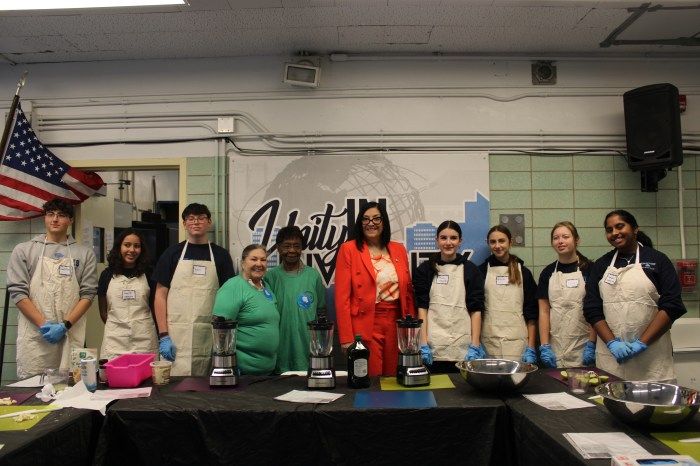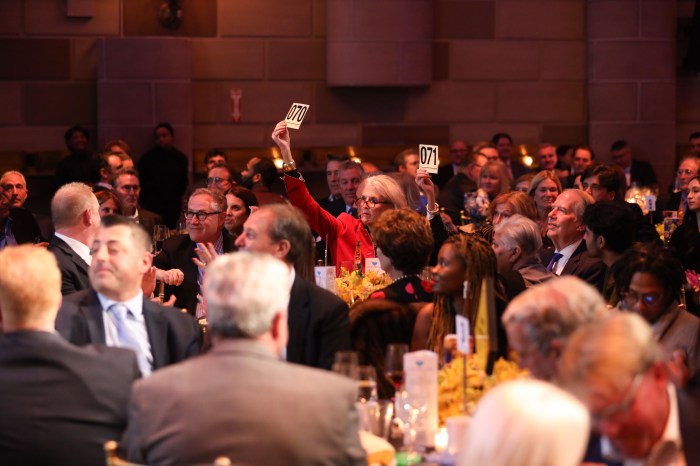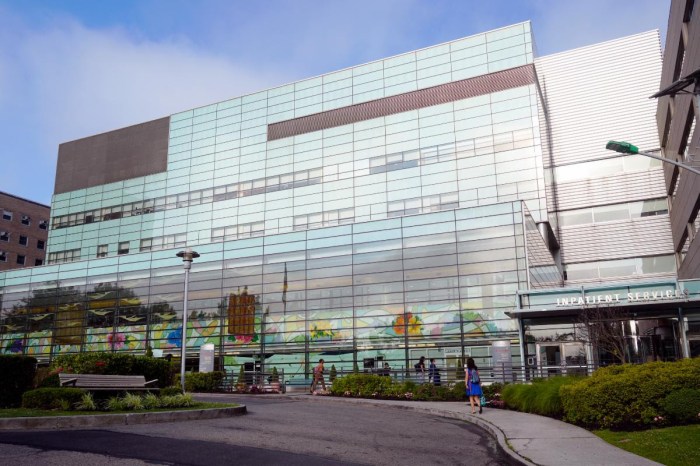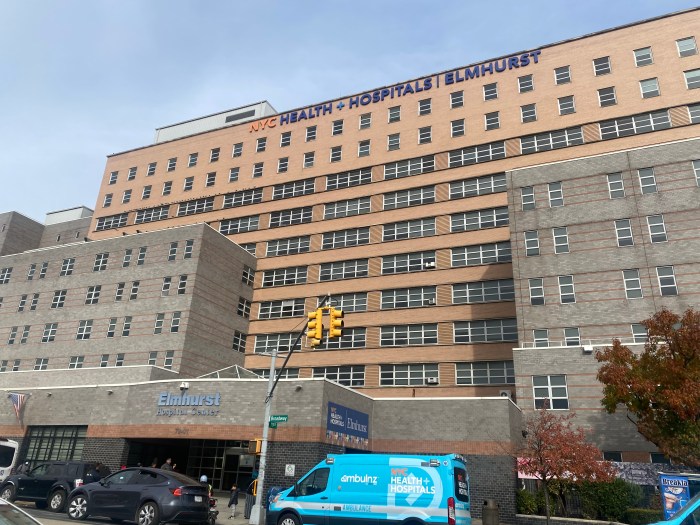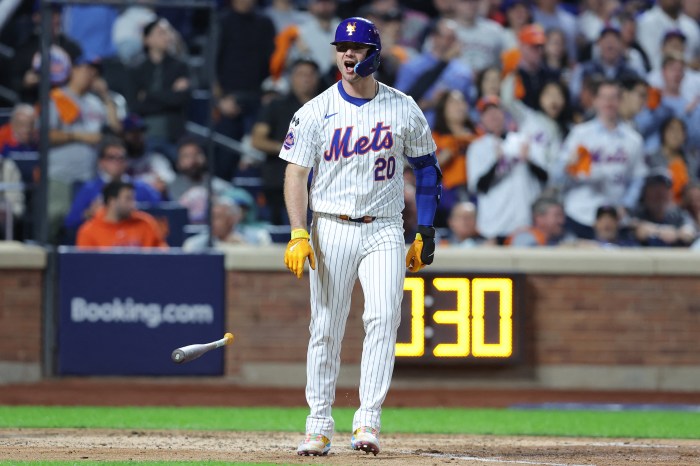By Lenore Skenazy
A few years ago, a firefighter in Sacramento, Calif., Mike DeBartoli, noticed his hands cramping up. He figured it was a symptom of the job.
But when the cramps got worse, he went to his doctor and heard the three letters no one wants to hear: ALS. DeBartoli has Lou Gehrig’s disease, which robs the body of its ability to function and is always fatal.
Unless…
DeBartoli heard that there were some new drugs in the pipeline that could possibly slow his disease. He volunteered — begged — to be one of the guinea pigs in a clinical trial, but was turned down, in one case because he was taking other medicines for blood pressure and depression, and in another case because he was, ironically, too sick. When drug companies are testing their new treatments, their candidate profiles are so specific that most people who have the disease don’t actually qualify.
In fact, only 3 percent of people desperate to get into clinical trials ever do. Which brings us to our topic today:
The Right to Try.
The right to try is a law that allows people who are terminally ill to try a drug that is promising but has not yet been approved by the Food and Drug Administration.
“Patients who face imminent death ought to have the option to be able to try these new drugs, even if we don’t know they’re going to work or what the side effects will be, [or] the exact dosage,” says Christina Sandefur, executive vice president of the Goldwater Institute, which supports the initiative. The libertarian and conservative think tank uses the court system to advocate for individual rights.
This sounds like it would be a popular law, and in many states it is: In the last three years, 32 states have passed The Right to Try, usually with enthusiastic bipartisan support. California passed it last year unanimously. But in New York, a Right to Try bill proposed by state Assemblywoman Linda Rosenthal and state Sen. Kemp Hannon did not get out of committee.
Let’s see what that means for the people of New York state.
When a person is terminally ill, the clock is ticking. Yes, they can apply to the FDA for a compassionate exemption, but this is so complicated and so few make it through, it is like applying to be an astronaut. For starters, there is a daunting amount of paperwork that must be filed by the patient’s doctor and it takes about 100 hours to gather all the information and fill out all the forms — in other words, more than two weeks of a doctor’s time must be devoted to one patient.
Then the request has to go through a lengthy approval process, when ever hour is critical.
“There have been examples of patients that are trying to get these exceptions and sometimes they’re finally granted, but too late,” Sandefur says. “Too late” is the nice way of saying the patient is under ground.
The reason the FDA makes access to these unproven drugs so difficult can probably be traced to the agency’s founding. It began in 1902 after a diphtheria drug proved ineffective. Well, actually, it proved worse than that.
It was fatal. Clearly America needed someone to certify the safety of our drug supply, and thus was the Federal Drug Administration born.
Then, in the 1960s, a drug widely prescribed to pregnant women in Europe was blocked by an FDA doctor here, Frances Oldham Kelsey, who’d heard of its side effects.
The drug was Thalidomide, which caused serious birth defects, and thanks to Kelsey many American children were spared its devastation.
It is wonderful that the FDA was on the ball. But that episode of well-warranted precaution seems to have led to an agency so ultra-cautious that today it is preventing people from taking experimental drugs that may kill them — even though they’re going to die anyway. The potentially dangerous drugs are also the only potential lifesavers.
The way the Right to Try is written, the only people who’d be allowed to take as-yet-unapproved drugs are those with no other hope.
The drug would have to have passed at least the first stage of testing at the FDA.
But then, instead of a patient starting the bureaucratic nightmare of applying to the FDA for a rare compassionate exemption (the FDA grants about 1,000 a year — even as more than 500,000 people die of cancer), all it would take is the doctor, patient, and drug company agreeing to start the regimen. The FDA would not have veto power.
DeBartoli, the fireman with ALS, put it this way in an interview with the Goldwater Institute: “I don’t know who the FDA thinks they are protecting.”
The drugs in the pipeline might not save DeBartoli, but he deserves the right to try.
Not just the right to die.

